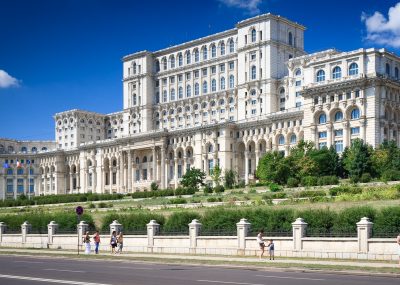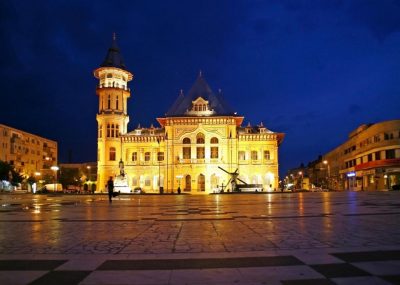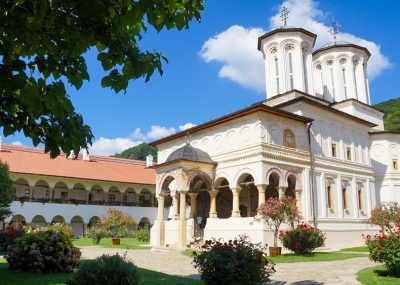The region is situated in the south of the country, bordered by Transylvania and Moldova to the north, Oltenia to the west, Dobrogea to the east, and Bulgaria to the south. Muntenia is surrounded and protected by the Carpathians, while being bathed by the Danube and Olt rivers.
Alongside Romanians, other ethnic communities also reside here, including Romani, Hungarians, Turks, and Lipovans.
Muntenia is predominantly composed of the Romanian Plain, which meets the Getic Plateau in the central part, transitioning to the Eastern Carpathians and the Curvature Sub-Carpathians in the east. Thus, the region is characterized by a beauty that lies in the complexity and diversity of its landscape.

The city of Buzău has high tourist potential, which is why we invite you to consider a visit to the area. The main asset in this regard is the historic center, complemented by various museums and monuments, as well as architecturally impressive buildings.
The region’s landscapes are also reasons to plan a vacation here, as natural beauties and recreational areas are found everywhere.

Brăila offers tourists a wide range of activities and attractions. Whether you choose to take a stroll along the Danube promenade, visit the zoo, or admire historical monuments, you can enjoy any of these experiences here.

Curtea de Argeș is the town that was the capital of Wallachia during the medieval period. Thus, a visit here offers a wealth of historical and cultural insights.
Among the must-see attractions are: the Curtea de Argeș Monastery, Manole’s Fountain, the Royal Court, and the Municipal Museum.

Târgoviște is a small town, but this does not diminish its tourist potential. The town is closely associated with the history of Vlad Țepeș, who resided at the Royal Court—a valuable monument of the area.
